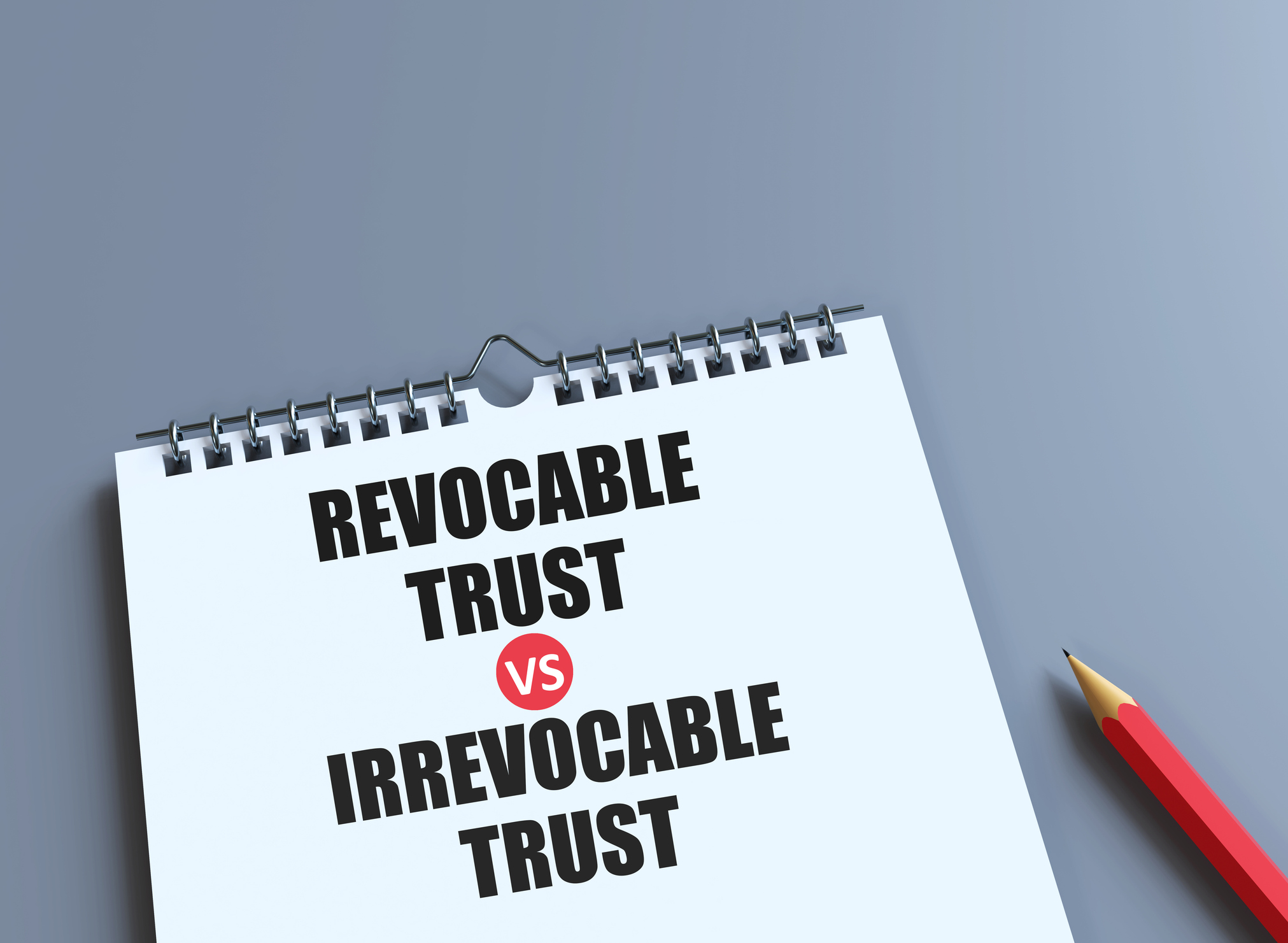How Much Retirement Income Could Your ESOP Generate?
This is how you turn the money in your Employee Stock Ownership Plan (ESOP) into a retirement nest egg, plus an example with actual numbers.


Editor’s note: This is the final part of a six-part series in which Peter Newman, CFA, of Peak Wealth Planning, explains the benefits of employee ownership for the U.S. workforce. There are more than 6,500 Employee Stock Ownership Plans, or ESOPs, in the U.S. covering almost 14 million employees. See below for the links to the previous articles in the series.
Continuing our informative series on Employee Stock Ownership Plans (ESOP), this article seeks to shed light on the retirement income your ESOP could generate. Having already discussed the fundamentals of ESOPs and the benefits and drawbacks of diversifying company stock when eligible, we now delve into how a well-crafted strategy of diversification and distribution can transform your ESOP into a rewarding retirement nest egg.
Before we walk through an illustrative example, let’s reiterate key terms to ensure a clear understanding:
From just $107.88 $24.99 for Kiplinger Personal Finance
Become a smarter, better informed investor. Subscribe from just $107.88 $24.99, plus get up to 4 Special Issues

Sign up for Kiplinger’s Free Newsletters
Profit and prosper with the best of expert advice on investing, taxes, retirement, personal finance and more - straight to your e-mail.
Profit and prosper with the best of expert advice - straight to your e-mail.
Diversification, in the ESOP context, allows employees to sell their stock back to the company. This option generally becomes available when an employee reaches 55 years of age and has participated in the ESOP for at least 10 years.
Distribution, on the other hand, pertains to the process wherein employees, upon reaching retirement age, can sell stock back to the company over a specified number of years. Many ESOP plans allow employees to retire at age 65 and sell back about 20% of their account balance each year across a span of five years.
How much retirement income will I have?
When you retire, you won’t receive a regular salary as you did while working. Instead, your retirement income, essentially a self-produced “paycheck,” will be withdrawals from the nest egg you’ve built up over your working years.
Turn your ESOP into a retirement nest egg
You can turn your ESOP into a retirement nest egg by selling shares back at the diversification milestones of age 55 and age 60. The proceeds from selling shares back are rolled over to an IRA account and invested into a diversified portfolio of stocks and bonds with the help of your financial adviser.
Rolling your proceeds over to an IRA allows you to continue to grow your retirement nest egg until you reach retirement age 65.
Here's an example of how a $1 million ESOP balance can turn into $88,000 in retirement income:
A 55-year-old ESOP participant named Rose with a $1 million account balance does a rollover to an IRA for 25% of her ESOP share value at 55, then another rollover for 25% of her cumulative shares received at age 60. Rose’s ESOP returns and her rollover IRA returns are assumed to be 6% each year. These returns are not guaranteed, and her investments may lose value.
Rose receives additional company shares between age 60 and 65 through her ESOP participation and works until age 65. Rose should be able to retire then with a nest egg worth about $2.2 million ($1.04 million in her ESOP and $1.16 million in her IRA).
By applying the well-known 4% spending rule to Rose’s retirement nest egg balance, Rose should be able to spend $88,000 a year before taxes at the beginning of her retirement at age 65. Rose should also receive Social Security, further boosting her income, when she reaches full retirement age.
During retirement, Rose will continue to roll over retirement distributions from her remaining ESOP balance to her IRA during a five-year period. This will further diversify her portfolio and increase the value of her nest egg.
What to keep in mind
Your company's retirement distribution schedule may vary, so it’s important to consult your Summary Plan Document (SPD) or check with your ESOP representative. Depending on your company’s procedures, there may be a delay of several days or up to eighteen months between the time you request an ESOP distribution to the time you receive a check or electronic transfer. You’ll want to talk to your ESOP representative and financial adviser about timing if you need the money at the start of your retirement.
There are three main benefits of using an IRA rollover to manage your ESOP distributions:
- You'll spread the taxes owed on the stock over many years instead of paying a large amount all at once, often at a higher marginal tax bracket.
- Your IRA's financial adviser can help you choose investments and make financial decisions.
- Using planned withdrawals from your IRA, you’ll be able to create a steady retirement income to replace your paycheck.
A word of caution
ESOPs offer a wonderful retirement benefit for millions of employees in the U.S. However, they were not meant to be your only source of retirement income. While many ESOP companies are well run and participants can accumulate hundreds of thousands or millions of dollars in company stock, there have been notable failures of ESOPs, as well as public companies where employees hold concentrated positions. It’s a good idea to aggressively contribute to your 401(k) at work, in addition to building concentrated wealth in your ESOP account balance. And, consider your spouse or partner’s retirement plans in conjunction with your own savings.
Want more information? Download Peak Wealth Planning’s guide to ESOP diversification and retirement income. Do you need to forecast the income your ESOP can generate? The Peak Wealth Planning team can handle that and manage your investments, too.
Other Articles in This Series
- Part one: Five Key Advantages to Working at an Employee-Owned Company
- Part two: How Does an Employee Stock Ownership Plan, or ESOP, Work?
- Part three: Five Things Employee Owners Need to Know About Their ESOP
- Part four: Should an ESOP Be Your Only Retirement Account?
- Part five: Understand Your ESOP Benefit: The Diversification Option
Profit and prosper with the best of Kiplinger's advice on investing, taxes, retirement, personal finance and much more. Delivered daily. Enter your email in the box and click Sign Me Up.

Peter Newman founded Peak Wealth Planning, LLC in 2014 to provide financial planning and investment management for individuals who built their wealth through ESOP participation, business ownership or real estate investing. He helps families diversify their concentrated stock, reduce estate taxes, preserve wealth and generate stable retirement income. Peter holds the Chartered Financial Analyst designation, considered by many to be the gold standard for investment management.
-
 How We Manage Our Finances Together: 'When You Keep Score, You Can End Up Resentful'
How We Manage Our Finances Together: 'When You Keep Score, You Can End Up Resentful'Douglas Boneparth, a certified financial planner, and his wife, Heather Boneparth, speak with Kiplinger about couples managing finances.
-
 I'm 45 and I've barely invested in the stock market. I recently inherited $50,000. What should I do?
I'm 45 and I've barely invested in the stock market. I recently inherited $50,000. What should I do?What should you do with a big inheritance? We asked a financial expert for advice.
-
 A Contrarian Approach Pays Off for This Bond Fund
A Contrarian Approach Pays Off for This Bond FundThe Dodge & Cox Income Fund has outperformed in 2025 thanks to its managers' fearless approach.
-
 I’m 45 and I’ve Barely Invested in the Stock Market. I Recently Inherited $50,000. What Should I Do?
I’m 45 and I’ve Barely Invested in the Stock Market. I Recently Inherited $50,000. What Should I Do?What should you do with a big inheritance? We asked a financial expert for advice.
-
 A Contrarian Approach Pays Off for This Bond Fund
A Contrarian Approach Pays Off for This Bond FundThe Dodge & Cox Income Fund has outperformed in 2025 thanks to its managers' fearless approach.
-
 7 Outrageous Ways Retirees Can Invest Their Money in 2026
7 Outrageous Ways Retirees Can Invest Their Money in 2026Stocks and bonds aren't the only ways to invest your retirement "fun money."
-
 7 Creative Ways to Spend Less and Save More In Retirement, Courtesy of a Financial Pro
7 Creative Ways to Spend Less and Save More In Retirement, Courtesy of a Financial ProWorried you won't have enough money later in life? Try redesigning your vision of retirement, and you may find your savings go further than you thought.
-
 I'm an Annuities Pro: This Is How You Can Cover the Income Gap While Your Social Security Benefits Grow
I'm an Annuities Pro: This Is How You Can Cover the Income Gap While Your Social Security Benefits GrowTaking Social Security later results in higher future income, but that can create an income gap. Annuities can boost income until you file for benefits.
-
 Stocks Extend Losing Streak After Fed Minutes: Stock Market Today
Stocks Extend Losing Streak After Fed Minutes: Stock Market TodayThe Santa Claus Rally is officially at risk after the S&P 500's third straight loss.
-
 Where to Stash Cash as Yields Fall, According to Advisers
Where to Stash Cash as Yields Fall, According to AdvisersYour best options depend on how soon you'll need the money and your tolerance for risk.
-
 Control vs Protection Quiz: Which Trust Do You Need?
Control vs Protection Quiz: Which Trust Do You Need?Quiz Take this simple quiz to discover whether a revocable or irrevocable trust should be the cornerstone of your estate plan.